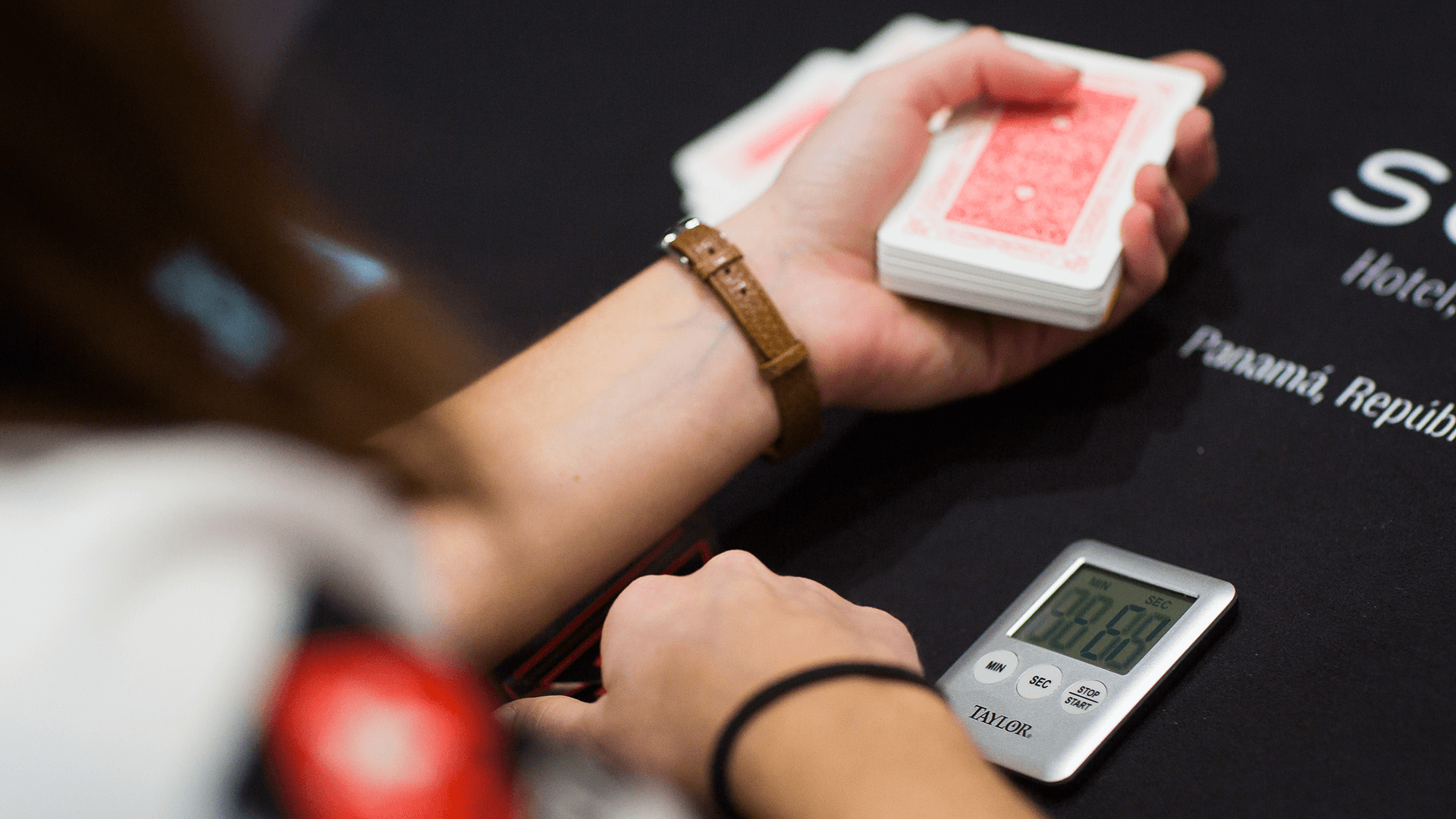Miscalculating outs
Back in the Poker Basics course, we introduced the subject of “outs”, ie, cards in the deck that can improve your hand to a winner.
If, for instance, you have 8♠ 9♠ on a board of 4♠ 10♦ 7♠ you have plenty of ways to win the pot by making your straight (with any jack or any six) or your flush (with any of the remaining spades).
You have 15 “outs” to win the hand.

Discounted outs
However one of the biggest mistakes players can make is that they sometimes do not count their outs correctly. In the best case, this blunder simply means they make a bad pot odds calculation and don’t play optimally. But in the worst case, they can lose huge portions of their stack by erroneously believing they are ahead when the opposite is true.
It is important to remember when drawing that not all cards that improve your hand will give you the winning hand. Your opponent might have a better version of the same draw.
K♠ 2♦ on a flop of 10♠ 3♠ 2♠ is a great draw. Even if your opponent holds an overpair like A♥ A♦ you will win 50 per cent of the time. But if your opponent holds A♠ 10♣ you are really in bad shape. Your equity shrinks to about 15 per cent because only one of the remaining three kings or two twos helps your hand now.
If you do not have a draw to the nuts, you should be careful what you wish for.
Here’s another example. You have J♠ 10♠ and the flop is 6♣ Q♥ K♥ . You have calculated eight outs so far (four aces and four nines).
But how will your outs change if one your opponents has two hearts – e.g. 7♥ 6♥ – and is therefore drawing to a flush? In this example, two of your outs, i.e. A♥ and 9♥ would give your opponent a better hand – even if you hit your straight. This means you have to discount both cards from your outs. You would now only have six outs, which significantly reduces your chances of winning the hand.
In general you should take a pessimistic approach when it comes to discounting outs, as it is better to discount one out too many than one too few.
